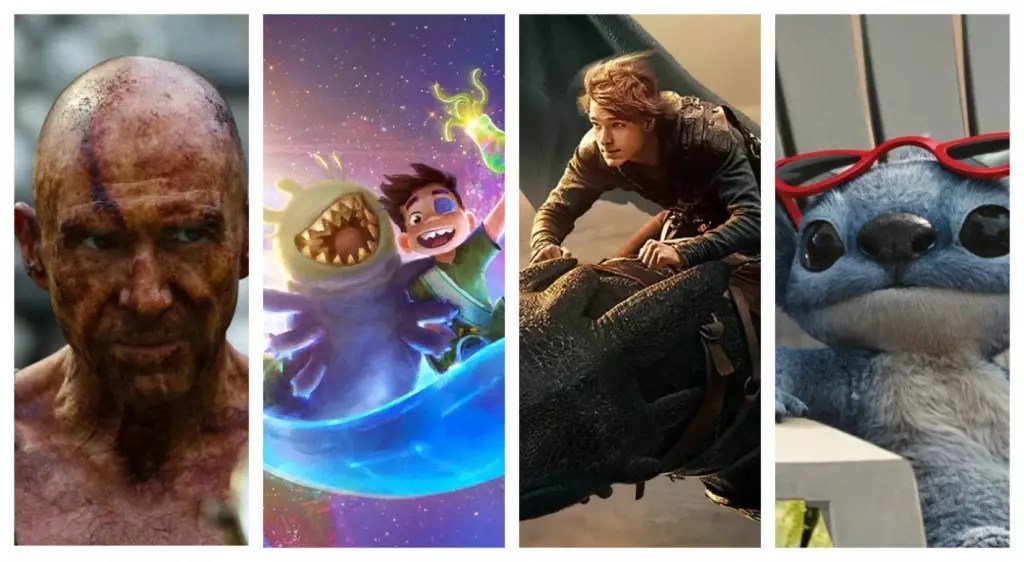Danny Boyle’s *28 Years Later* has emerged as a stunning return to form, earning an estimated $60 million at the global box office during its opening weekend. Breaking down the figures: the film amassed $30 million from domestic audiences in the U.S. and matched that figure overseas, a remarkable balance for an R-rated horror film. This opening weekend not only surpasses expectations but positions *28 Years Later* as a frontrunner in the competitive horror genre. In an era when studios often rely on established franchises for financial security, Boyle’s auteur-driven approach signifies a refreshing shift back to standalone films that captivate audiences without relying on pre-existing lore.
What is particularly striking about this figure is its comparison to other recent horror releases. While films like *A Quiet Place: Part II* and *Evil Dead Rise* performed admirably, both recorded smaller opening weekends than *28 Years Later*. This dynamic illustrates a distinct advantage that directors like Boyle hold in attracting a diverse audience, merging compelling storytelling with the horror genre in a way that resonates across demographics. The opening in over 50 international markets reveals a growing hunger for well-crafted cinematic experiences, an excellent sign for future original content in a market saturated with sequels and blockbusters.
Regional Highlights: Charting the Success
The specific breakdown of contributions from different regions further highlights the film’s wide-ranging appeal. In the UK, *28 Years Later* debuted at No. 1 with a strong $6.4 million—an impressive start that illustrates the persistent allure of Boyle’s distinct narrative style. Mexico contributed $2.7 million, while a noteworthy $1.8 million came from the Middle East. This geographical success underlines the film’s universal themes and ability to transcend regional boundaries, unlike many contemporaries that often miss the mark when attempting to resonate across different cultures.
The diversity of the box office figures showcases a shift in audience preferences, where brands and franchises like Pixar and Disney begin to face stiff competition from original content. Viewers are evidently seeking novel experiences, and *28 Years Later* has tapped into this desire with its chilling narrative and captivating characters. The relevance of this film is especially apparent against the backdrop of other new releases this weekend, such as Pixar’s *Elio*, which floundered with a mere $35 million globally. The comparison reveals a troubling trend where even beloved animations are struggling to pique audience interest in a very cinematic landscape that’s overly saturated with similar content.
A Shift in Disney’s Animated Kingdom
Speaking of Pixar, *Elio*’s underwhelming performance raises questions about the current state of animated films. At just $14 million internationally, and with its main audiences not even on break yet, the film highlights larger trends in the animated sector. Even Disney, a company synonymous with childhood joy and animated masterpieces, faces declines. It’s a stark contrast to *28 Years Later*, whose unexpected triumph signals that audiences are prepared to embrace a wider range of stories. While *Elio* may tap into nostalgic patterns for a younger demographic, it underscores the notion that animated features alone cannot guarantee success.
Disney, historically a juggernaut in the realm of family-friendly films, may be at a crossroads where it must recalibrate and rethink its strategy. With only a handful of new animated features coming up, they may have to reconsider the balance between nostalgia and innovation. Studios now face the uphill task of entrenching a new wave of original content that balances both the artistry audiences crave and commercial viability.
The Future of Storytelling in Cinema
Ultimately, *28 Years Later* embodies more than just a box office success; it marks a pivotal moment in cinematic storytelling. The film exemplifies the potential for originality and the power of direction in driving cinematic experiences forward. In a space often dominated by pre-established franchises and recycled narratives, it serves as a passionate reminder that compelling storytelling still has a place at the forefront of cinema. Filmgoers today demonstrate they are hungry for authentic narratives that challenge conventions—something *28 Years Later* appears more than capable of delivering.
The success of Boyle’s horror film may inspire a new wave of filmmakers to venture into uncharted territories, leaning into innovation rather than resting on the laurels of formulaic storytelling. If the trends continue, we might witness a revival of creativity and risk-taking in the film industry, invigorating a marketplace that has recently felt stagnant, offering a bright horizon for genuine artistic expression in film.


Leave a Reply